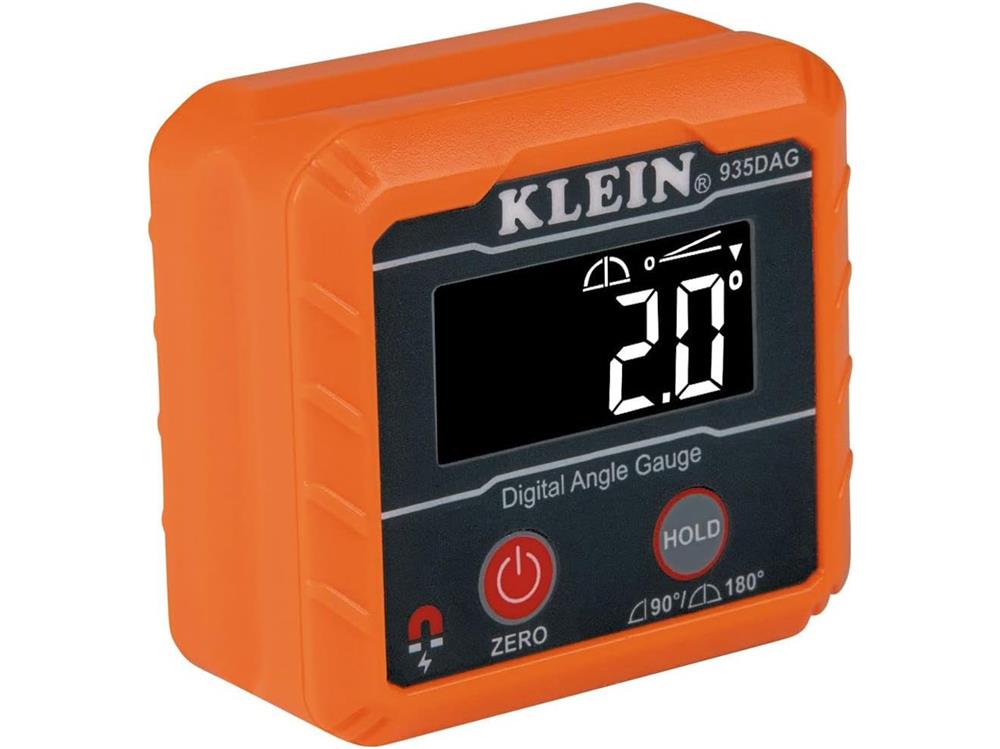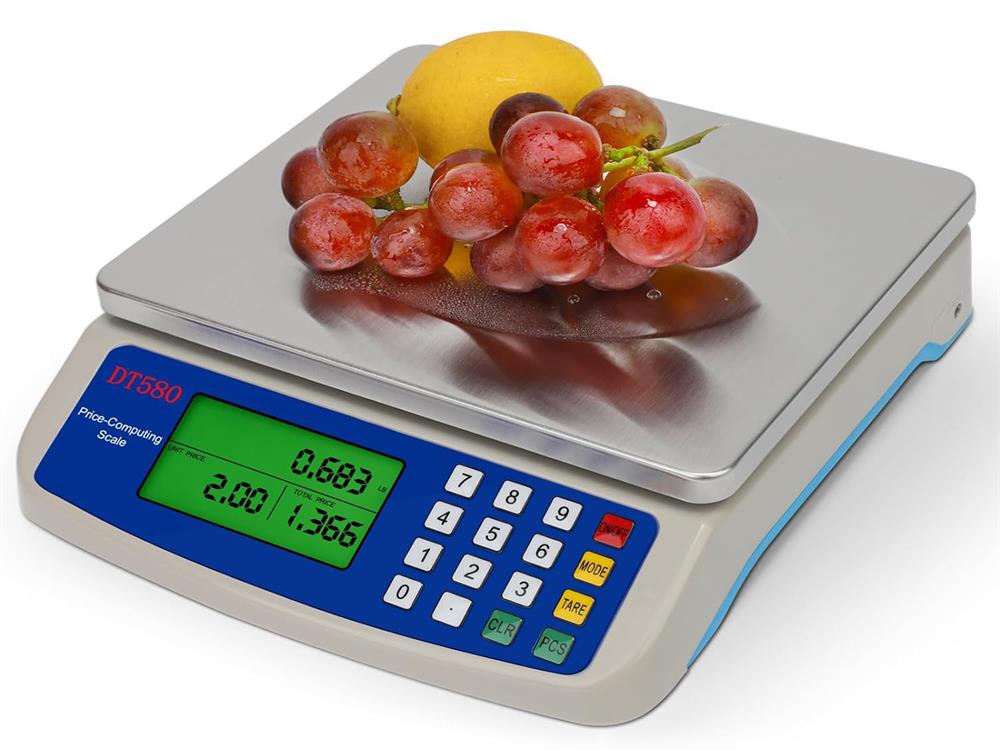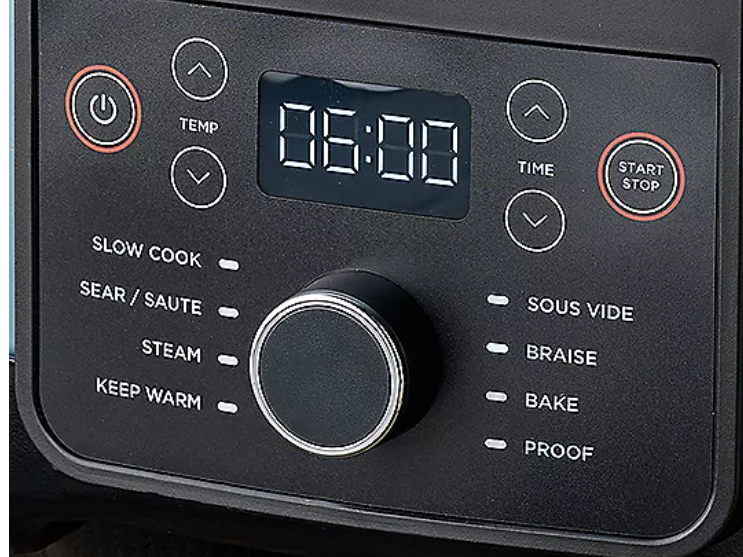Membrane switches are switching devices that utilize flexible membrane as the sensing element, offering advantages such as sensitive touch control, a simple structure, ease of use, and more. The flexible design of a membrane switch is primarily seen in its diverse shapes, adjustable trigger force and mode, multi-function customization, easy integration, and high level of customization. Designers can select various design elements based on specific requirements to achieve a customized design that meets the operational and personalized needs of various application scenarios.
Diverse switch designs can enhance the enjoyment of using membrane switches
Various shapes:
Membrane switches can be customized to meet user needs and the requirements of specific application scenarios, including key type, touch type, membrane keyboard type, and other design shapes. Designers can select the suitable shape and size based on specific requirements to achieve flexible design.
Adjustable Trigger Force and Trigger Mode:
The trigger force and trigger mode of membrane switches can be adjusted and customized. This includes options such as light touch triggers, press triggers, and other methods. Designers can tailor the design based on user operating habits and preferences to enhance flexibility and provide a more personalized user experience.
Multi-functional Customization:
Membrane switches can be designed with backlighting, indicator lights, and other functions to help users operate in low-light environments or provide status prompts. Designers can incorporate various functions based on requirements, thereby achieving the multifunctional design of membrane switches.
Easy to Integrate:
Because of the flexible and thin characteristics of membrane switches, they can be easily integrated with other components or devices. They are suitable for the integrated design of various complex devices or systems to achieve more flexible applications.
Highly customizable:
The material, thickness, durability, and other properties of membrane switches can be customized according to specific requirements, allowing designers to personalize their designs based on various application scenarios and needs, enabling highly customized product development.
In addition to the personalized design, the use of membrane materials is not limited to membrane switches but can also be incorporated into any desired end-control component to achieve the designer's design concept.
The following describes the use of membrane products primarily from the perspective of product use and function
Thin Membrane Circuits:
Thin membrane materials can be used to create thin membrane circuits, which are a type of printed circuit board that utilizes thin membrane materials as a medium. Membrane circuits are typically thin, lightweight, flexible, high-density, and resistant to high and low temperatures. They are known for their high reliability and are suitable for control instruments and devices that necessitate flexible circuit connections.
Membrane Panels:
Membrane materials are commonly used to create membrane panels. Designers can customize control panels based on their functional requirements and design preferences, such as key layout, shape, printing patterns, and colors. These panels are thin, lightweight, flexible, transparent, and easy to work with. Membrane panels find wide applications in electronic products, home appliances, instruments, medical devices, and other fields for display, operation, keypad functions, and more. Shapes and sizes are achieved through screen printing or digital printing technology and cutting processes. Membrane panels can serve as an interface for controlling equipment aesthetics, or key components can be attached to membrane panels to create a complete functional panel. Their flexibility and lightweight nature contribute to the design of aesthetically pleasing and lightweight products.
Resistive Membrane Switches:
Resistive membrane switches are a type of membrane switch product that achieve operational functions based on changes in resistance. They use a thin film as the sensing element, and by touching a specific area on the surface of the film, the resistance value is changed to achieve the control or switch function. Resistive membrane switches are usually composed of a thin film substrate, silk-screened conductive ink, and a control circuit. They can simultaneously achieve the advantages of precise control, flexible design, high durability, and space-saving features.
Due to their precise control, durability, and reliability, resistive membrane switches are widely used in various electronic products, instruments, home appliances, industrial equipment, and other fields, providing users with a convenient and sensitive operating experience.
Backlit Membrane Switches:
The backlight source is integrated into the membrane switch. Through the illumination of the backlight source, it can make the membrane switch provide clear and visible indication light in dark or low-light environments, making it easy for users to operate and identify. Backlit membrane switches are simple in structure, lightweight, and very easy to assemble and use. Usually, the backlit membrane switch adopts LEDs and other light-emitting diodes as the light source, which offer advantages such as energy efficiency, high brightness, and long life. Additionally, the backlit membrane switch can be customized according to the customer's preferences for different colors, brightness levels, shapes, and other backlighting effects to meet personalized design needs.
By incorporating backlit membrane switches into product design, visibility and operational convenience can be enhanced, providing users with a more convenient and comfortable operating experience. This also opens up new possibilities for product design and functionality.
Polyurethane keys membrane switches:
Epoxy Resin Drip Membrane Switches are a type of membrane switch product manufactured by applying the epoxy resin drip adhesive process. This type of membrane switch typically includes a film substrate, a conductive pattern, and an epoxy resin drip layer.
Membrane switches can be designed to be very thin and flexible, making them easy to fit on the surface of equipment. The design must consider how to be conveniently and securely installed. In summary, the design of a membrane switch primarily involves the selection of membrane material, control circuit design, shape design, trigger force and trigger mode design, sealing and waterproof design, backlight and indication design, thickness and durability design, fit installation design, and other factors. This is done in order to meet the operational needs of various application scenarios and environmental requirements.





